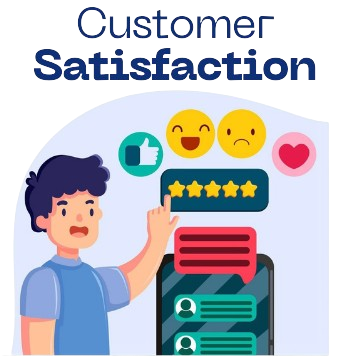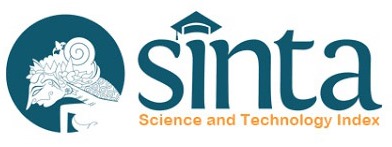A Review on The Biological, Physical and Chemical Mitigation of Harmful Algal Bloom
Abstract
The harmful algal bloom (HABs) refers to the rapid growth of toxic or high-biomass-producing microalgae. The impact of this phenomenon can cause significant economic loss affecting many industries and causing harm to wildlife and human health. As technology develops, greater research has been conducted to monitor and reduce HABs occurrence’s impact, including mitigating agents. This review presents the advantages and disadvantages of currently used and recently developed biological, chemical, and physical approaches to tackle issues related to HABs. The present review also emphasizes the interaction between the mitigating agents and the algal cells, thus identifying the gap of knowledge that needs to be addressed. Understanding the advantages and disadvantages of the approaches and the interaction between the mitigating agents and algal cells will enable researchers to develop a better sustainable system for managing HAB.
Keywords
Full Text:
PDFDOI: https://doi.org/10.15578/squalen.633
Refbacks
- There are currently no refbacks.
ISSN : 2089-5690(print), E-ISSN : 2406-9272(online)
This work is licensed under a Creative Commons Attribution-NonCommercial-ShareAlike 4.0 International License.










